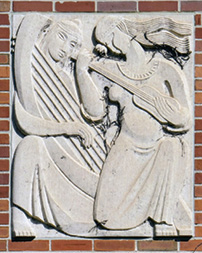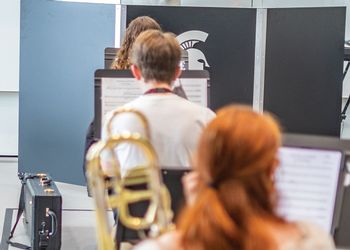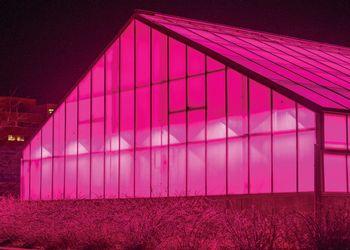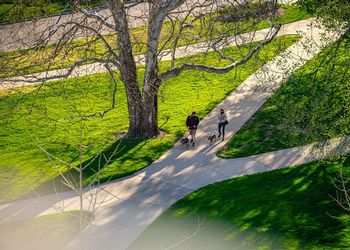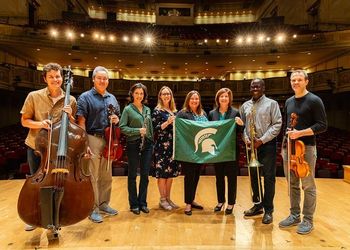Taking Note
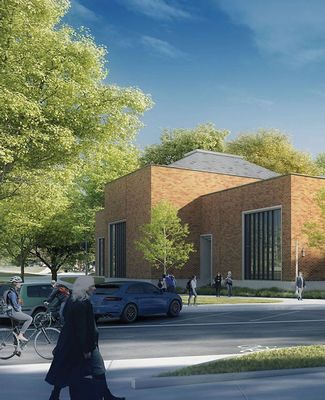
Taking Note
The timing and completion of the Billman Pavilion in the spring of 2020 could not have been better
May 12, 2021The new facility ushered in a healthy and safe learning environment for music instruction, rehearsals and concerts that otherwise would not have been possible during the last year.
For one thing, the College of Music’s overall space increased by 40%. And for another, a top-of-the-line HVAC system refreshes air four times per hour. Both have proven critical in helping music students progress and prosper despite COVID-19.
Some of the best architects and acoustics experts around worked with the College of Music to customize the pavilion which sits atop an astounding 8 million pounds of concrete.
Part of the magic of all that extra concrete lies between sets of double walls and double floating floors, which greatly improve the ability of musicians to hear themselves and each other—always a good thing, but especially now when musicians must maintain wide social distancing space.
At the same time, technology upgrades like multi-channel audio recording and high-definition cameras and monitors helped create livestreamed performances and master classes with remotely visiting artists and scholars.
37,000 square feet of new space added
8,500 square feet renovated
The original Music Building, completed in 1939, was the first academic building on MSU’s campus designated solely for the liberal arts. The adjacent Music Practice Building was added just a few steps away in 1968. Both remained largely unchanged structurally, and for decades, music students have thrived in spite of the buildings’ age and acoustical challenges, and faculty and staff have made the best of instructional and performance spaces that were no longer adequate for teaching and making music.
The official ribbon cutting is scheduled for October 1, 2021, but the Billman Music Pavilion already has been inaugurated through the determined artistry of hundreds of musicians and singers since the minute it opened its doors.
THE BEAUTY OF THE NEW DEAL RELIEFS REMAIN
The supervisor of the Michigan Sculpture Program for the WPA, Samuel Cashwan, designed the Art Deco limestone reliefs framing the original southwest entrance. They depict images of dance and performance and preserve history while welcoming the addition of the Billman Music Pavilion.


